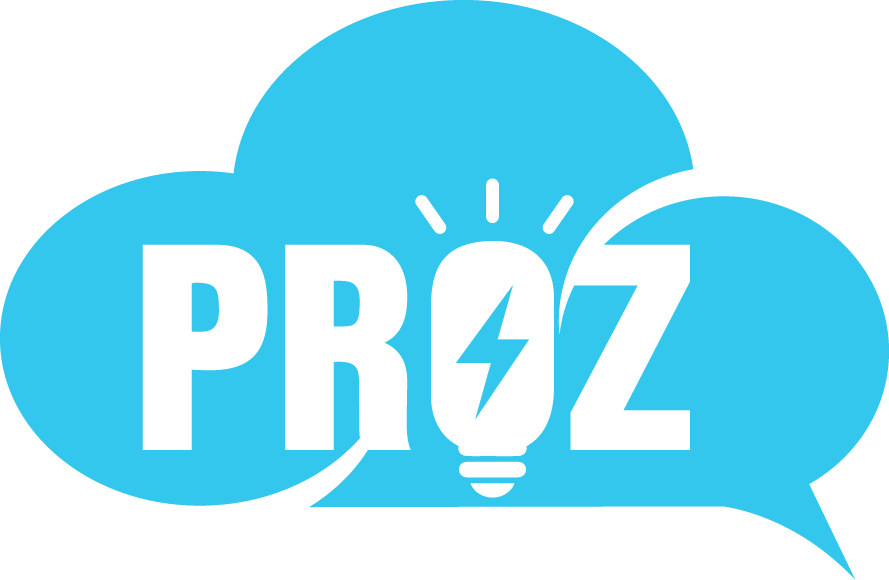This article is prepared by our Salesforce Certified Administrator Veronika Klimova.
Certainly! Jitterbit, Zapier, and MuleSoft are three popular platforms for data integrations, each with its own strengths and characteristics. The choice between them depends on your specific integration needs and requirements. Let’s compare them based on various factors.
Complexity of Integrations
- Jitterbit. Jitterbit is known for its flexibility and ability to handle complex data integration scenarios. It offers a range of connectors and supports both cloud-based and on-premises systems.
- Zapier. Zapier is best suited for simple, automated workflows. It excels at connecting popular cloud applications and automating tasks but may not be as robust for highly complex integrations.
- MuleSoft. MuleSoft is designed for handling complex enterprise-level integrations. It provides extensive capabilities for transforming and routing data between systems and offers a wide range of connectors and tools for this purpose.
Don’t forget to check out: How to Optimize Your Salesforce Org’s Performance and Productivity
Ease of Use
- Jitterbit. Jitterbit has a user-friendly interface that allows both technical and non-technical users to create integrations easily. It offers a low-code approach for building integrations.
- Zapier. Zapier is known for its simplicity and ease of use. It employs a visual builder and pre-built templates to make setting up integrations a breeze, making it accessible to non-developers.
- MuleSoft. MuleSoft can be more complex to set up, especially for non-technical users. It requires a higher level of expertise to fully leverage its capabilities.
Scalability
- Jitterbit. Jitterbit can handle both small-scale and large-scale integrations, making it suitable for businesses of all sizes.
- Zapier. While Zapier is excellent for small to medium-sized businesses, it may not be the best choice for large enterprises with extensive integration needs.
- MuleSoft. MuleSoft is highly scalable and designed for large enterprises with complex integration requirements. It can handle high volumes of data and transactions.
Connectivity
- Jitterbit. Jitterbit offers a wide range of connectors and supports various data formats, making it versatile in connecting different systems and applications.
- Zapier. Zapier focuses on connecting popular cloud-based apps and may not have the same breadth of connectors as Jitterbit or MuleSoft.
- MuleSoft. MuleSoft provides a comprehensive set of connectors and tools for connecting virtually any system or application, including legacy systems.
![]() Check out another amazing blog here by Vimera: Manipulate and Integrate Salesforce Data Effortlessly with Heroku
Check out another amazing blog here by Vimera: Manipulate and Integrate Salesforce Data Effortlessly with Heroku
To read about Cost and Support & Community of three popular platforms for data integrations, please visit our website.











